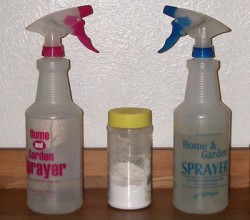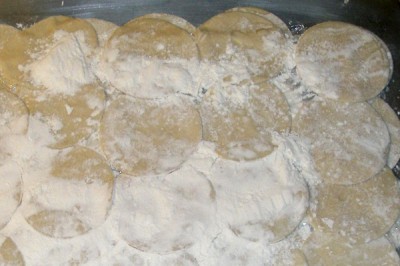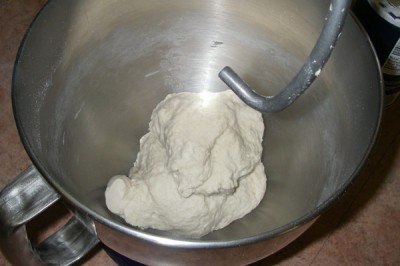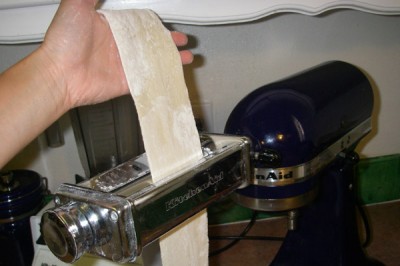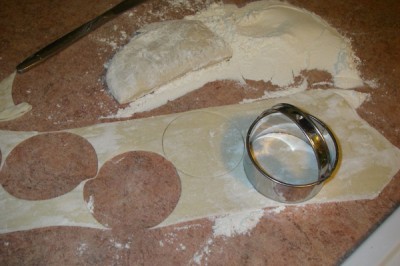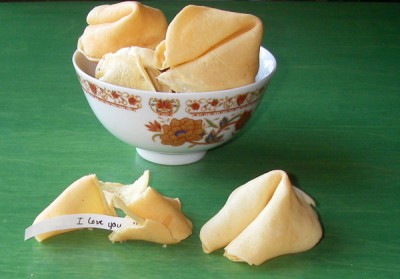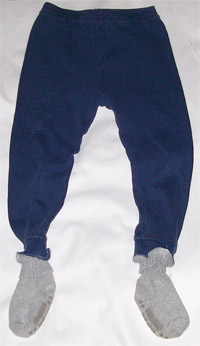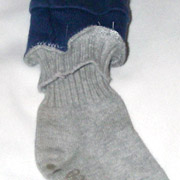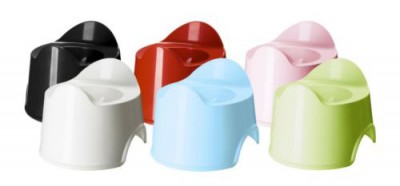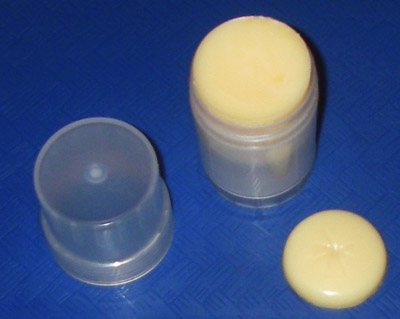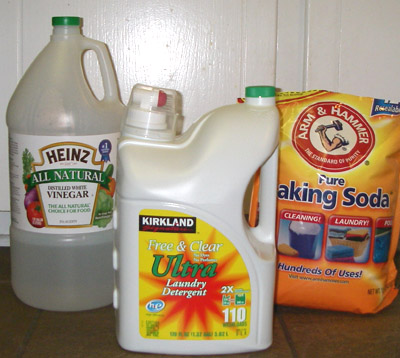
First and foremost, I make my own household cleaners to save money and reduce the amount of products we use. Most of them are redundant anyways, just the same basic ingredients in different proportions, packaged and marketed differently.
My must-have list is surprisingly short:
- vinegar
- baking soda
- chlorine-free laundry detergent – surfactants
Unlike many homemade household cleaning recipes, I do not use soap. Soap is wonderful on our bodies but it does not make an efficient household cleaning product. It tends to leave a thin film, scum or grime behind that can build up quickly over time. Detergents, on the other hand, are very effective and efficient cleaners. Due to its man-made molecular structure, surfactants (surface acting agents) simultaneously adhere to the soils and reduce the water surface tension to loosen the soil. Not all laundry detergents are equal. Choose those that contain the fewest additives and still get the job done, i.e. free of dyes, fragrance, etc… Personally, I use the Costco/Kirkland Ultra Free&Clear liquid detergent for all my homemade cleaners and some of my laundering (soap nuts powder for the rest).
Simple all-purpose cleaner: mix 1 teaspoon of non-chlorine, very basic, liquid laundry detergent with 32 fl. oz. water. Did you know that most all-purpose cleaners are simply surfactants diluted in water? They differ in concentration and additives (to boost cleaning power). For a homemade version of all-purpose cleaner, stick with just the basic detergent in water.
At a minimum, I dust, vacuum, and wipe surfaces on a weekly basis using the following:
- Dust: spray a little vinegar on a lint-free cloth or Swiffer.
- Vacuum: sprinkle carpet and pet area with baking soda beforehand.
- Wipe: spray with all-purpose cleaner and wipe down with a rag. For mirrors and glass, spray vinegar along with the all-purpose cleaner. You can mix them so long as the detergent does not contain chlorine.
- vinegar – spray bottle – pink/red to indicate acid pH
- baking soda – large spice container
- all-purpose cleaner: spray bottle – blue to indicate base pH (detergents are usually alkaline)
The 32-oz garden sprayers are ideal for storing homemade household cleaners.
Kitchen and bath receive extra attention as does stain removal. I will cover these in a later post.

